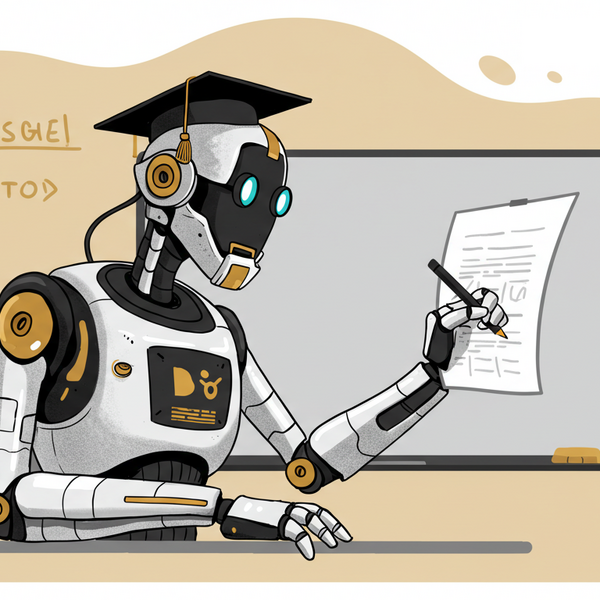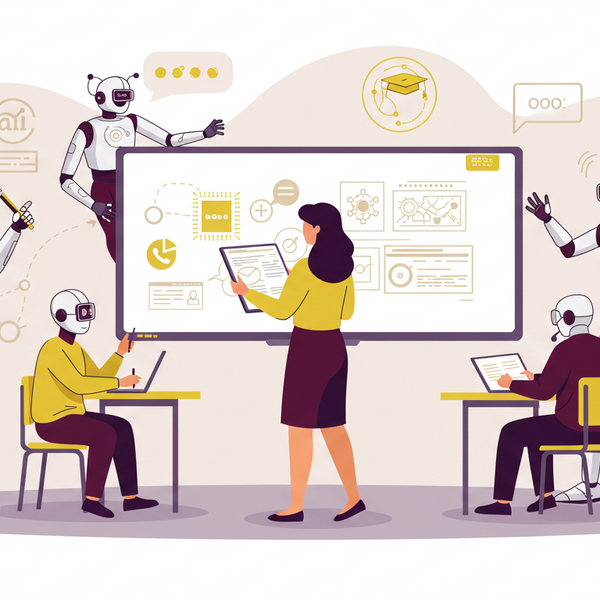
Can I Use FERPA Data in CreateAI Builder?
FERPA & CreateAI Builder
The Family Educational Rights and Privacy Act (FERPA) is a federal law that protects the privacy of student education records. At ASU, FERPA data is classified as Sensitive and requires special handling.
CreateAI Builder is approved for use with FERPA-regulated data when used in alignment with ASU’s Data Handling & Privacy Guidelines.
What This Means in Practice
- Allowed: You may upload and process FERPA data in CreateAI Builder.
- Not Allowed: Do not upload other categories of regulated data such as:
- HIPAA PHI (Protected Health Information)
- Payment card information (PCI-DSS)
- Financial Aid/GLBA data
- HIPAA PHI (Protected Health Information)
How CreateAI Builder Protects Your Data
- Data stays at ASU: All CreateAI Builder data remains within ASU’s environment and is not shared externally or used to train AI models.
- FERPA-compliant: The system has been reviewed for compliance with FERPA and is approved for handling sensitive educational records.
- File controls: When you upload documents to the Knowledge Base, you control access at the project or bot level. Only those with permissions you grant can view the data.
Best Practices for Project Owners
When working with FERPA data in CreateAI Builder:
- Restrict access: Only share your project or bot with team members who have a legitimate educational interest.
- Check your data: Use ASU’s Data Classification Tool before uploading to confirm it falls under FERPA or “Sensitive Unregulated Data.”
- Monitor sharing: Avoid broad group shares that include people without a need to access student data.
- Document your use: Keep a record of what types of FERPA data are included and why.
FAQs
Q: Can students themselves upload FERPA data?
Yes. Students may upload their own FERPA data (e.g., course notes, assignments) into CreateAI Builder.
Q: Does CreateAI Builder share FERPA data with OpenAI, Microsoft, or Google?
No. Data uploaded into CreateAI Builder does not leave ASU’s environment and is not used to train external AI models.
Q: What if I’m not sure whether my data counts as FERPA?
Use the Data Classification Tool or consult with your department’s data steward before uploading.
Need Help?
- Contact us on our Community Slack Channel: #createai-community-hub
- Data Classification Tool: asu.edu/data-classification
Keep Reading
Understanding Rate Limits on CreateAI Builder
Ever run into a message that says, “Your project has reached its Tokens per Minute limit (TPM)”? Well, just think of it as a friendly traffic signal reminding us not to zoom too fast. We’ll walk through what does a token mean, what does reaching TPM mean, which settings affect token usage, and how to optimize your AI Project to avoid hitting the limit.
AI with Integrity: ASU’s AI Acceleration Team is Setting New Standards for Ethical AI
Artificial intelligence (AI) is rapidly transforming industries, from healthcare and finance to entertainment and education. At Arizona State University (ASU), the AI Acceleration team within Enterprise Technology is ensuring that this transformation happens responsibly.
Generative AI Tool Pre-Release Evaluation Guide
Arizona State University remains dedicated to responsible, principled innovation when deploying generative AI solutions, including chatbots. This guide ensures each project aligns with ASU’s values by mitigating potential risks—such as misinformation, bias, toxicity, and compliance lapses—using rigorous methods like automated testing, red teaming, and pilot experiments. In doing so, we uphold accuracy, fairness, and user trust while enhancing digital experiences across the university.



